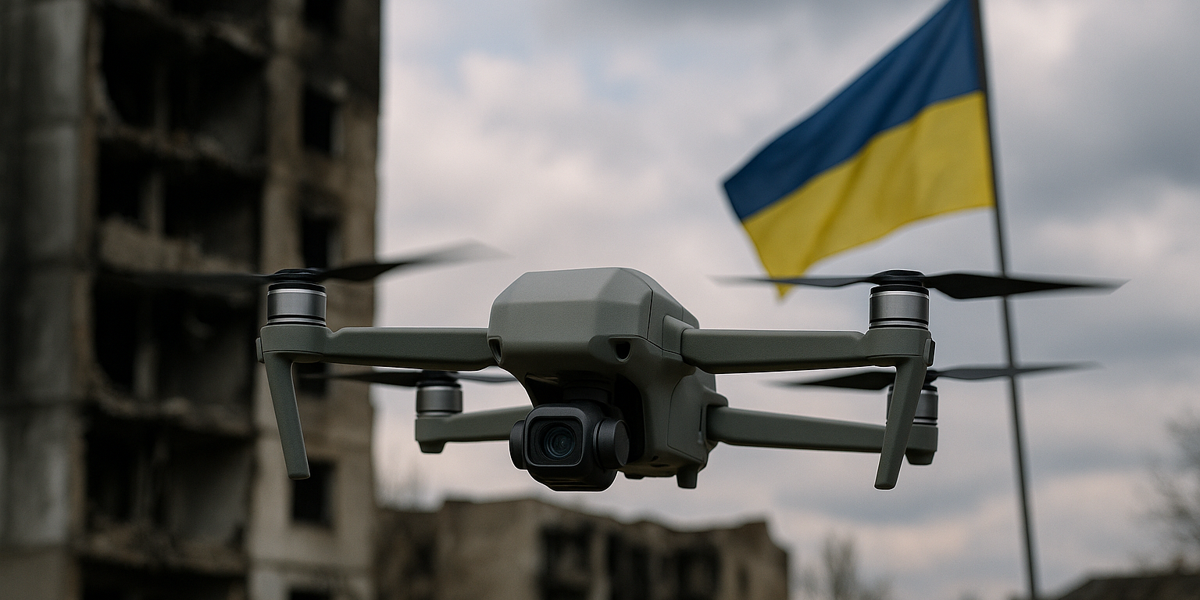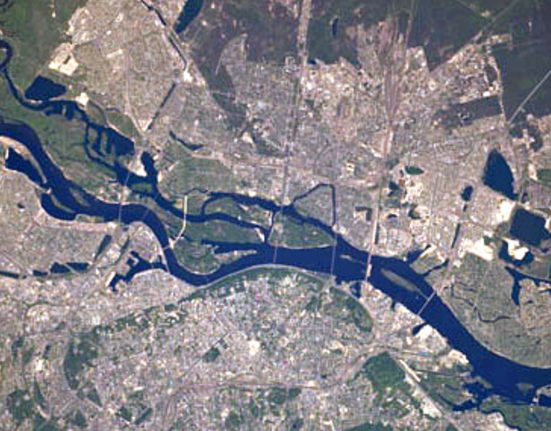Pilotless drones have taken to the skies over Ukraine as both Ukrainian and Russian forces deploy AI-powered weapons in the fight for sovereignty.
Last month Ukraine famously deployed drones to damage Russia’s bomber fleet, causing billions of dollars of damage to some of its most valuable aircraft.
No ordinary drones
These were no normal drones. They used AI to carry out their mission. AI enabled the drones to identify and strike vulnerable areas of the aircraft causing as much damage as possible.
The Ukrainian drones use open-source software called ArduPilot. They use LTE technology to maintain connection over incredibly long distances. While AI is used to identify and target vulnerabilities.
Using a collection of data
For Operation Spider Web, Ukrainian authorities reportedly used images taken of Soviet-Era bombers at Poltava Museum of Heavy Bomber Aviation to train AI systems on what to target.
Support in contested areas
It’s not just about Operation Spider Web. The AI technology is part of a wider plan to improve AI comparability with drones to help with ‘last mile delivery’ in heavily contested areas, where enemy jamming technology pose challenges to drone operations.
But AI-powered drones can often use visual navigation to guide themselves to targets without a human operator – even when signal jammers prevent connection to base – enabling them to find, identify and strike targets even with no human input.
Not all plain sailing
But issues do occur with the emerging technology. Even the leading US switchblade AI technology has been notorious for failure. The headache of whether to trade off a greater quantity of non-AI-powered drones for a smaller fleet of more expensive AI-powered drones is a big one for leaders.
Early days
The technology is still in very early stages and will ultimately be developed further. With both Russian and Ukrainian battlefield technology rapidly advancing as the war rages on, the race for supremacy in the field of AI technology continues.







